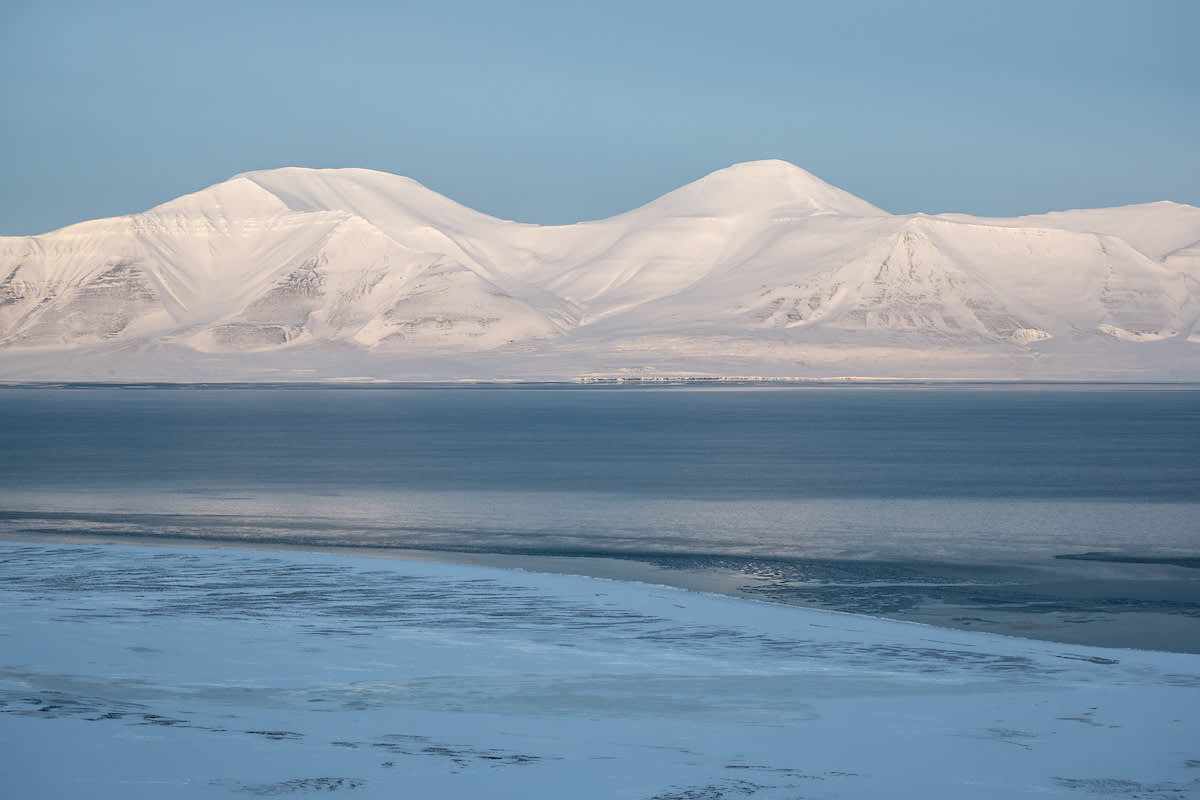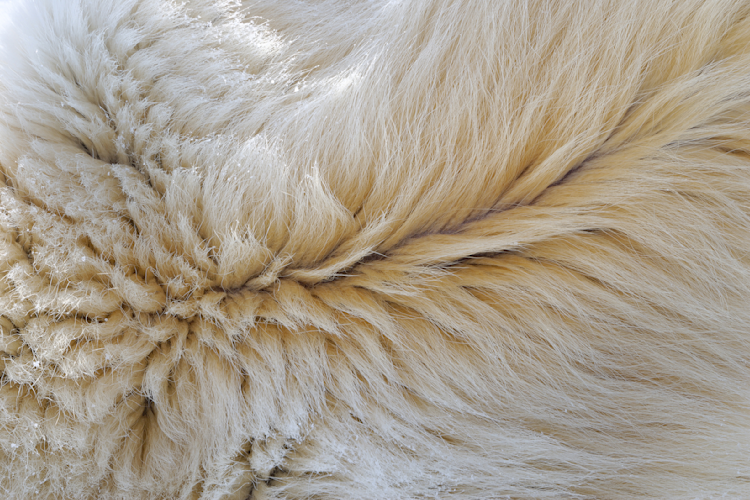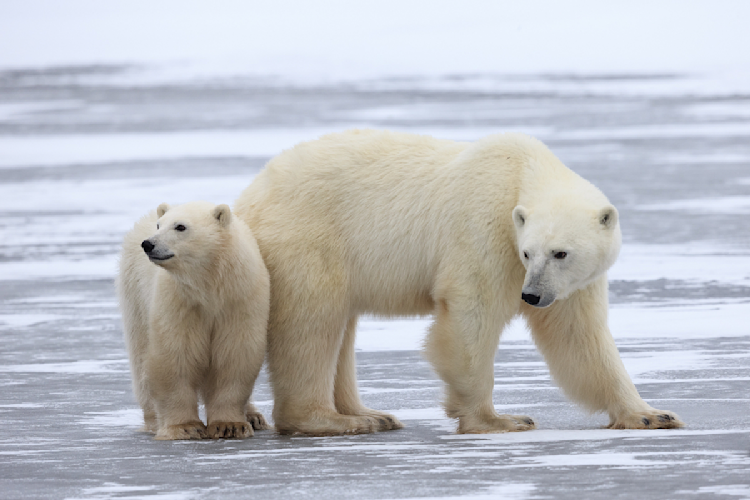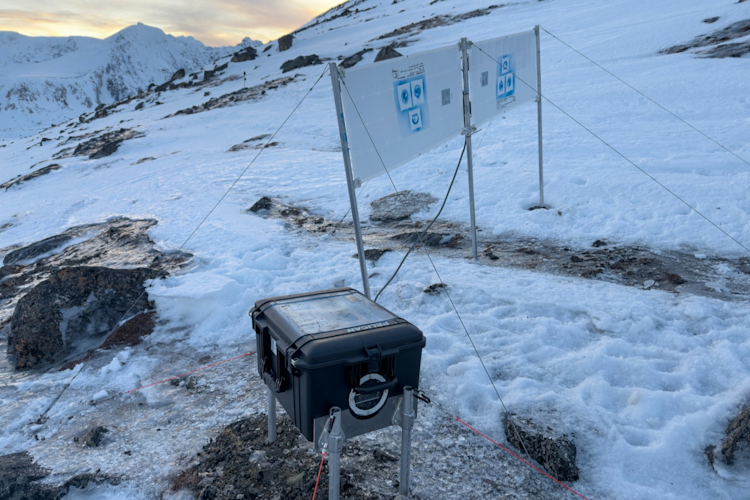I recently returned from Svalbard, Norway where I joined Polar Bears International, the Norwegian Polar Institute, and San Diego Zoo Global on a polar bear maternal den study.
As a photographer and filmmaker, my role was to help document and spread the word about the impacts of climate change on this remote region—part of my work with the Arctic Documentary Project, a long-term endeavor under PBI’s umbrella. The last couple of years have been remarkable for the lack of sea ice in Svalbard’s fjords and the surrounding ocean, making the study especially timely.
Svalbard is a world-renowned polar bear denning site. The mountains and deep valleys have historically harbored deep snow, which provides excellent protection for mother polar bears needing a place to give birth to their cubs. However, when moms emerge with their young cubs in spring, they depend on the ice-covered fjords that lie at the base of the magnificent snow-capped peaks. For polar bears, sea ice is life. Without ice, polar bears can’t reach seals. And no seals means no food for a large, hungry mammal that may have already been fasting for up to five months.





















